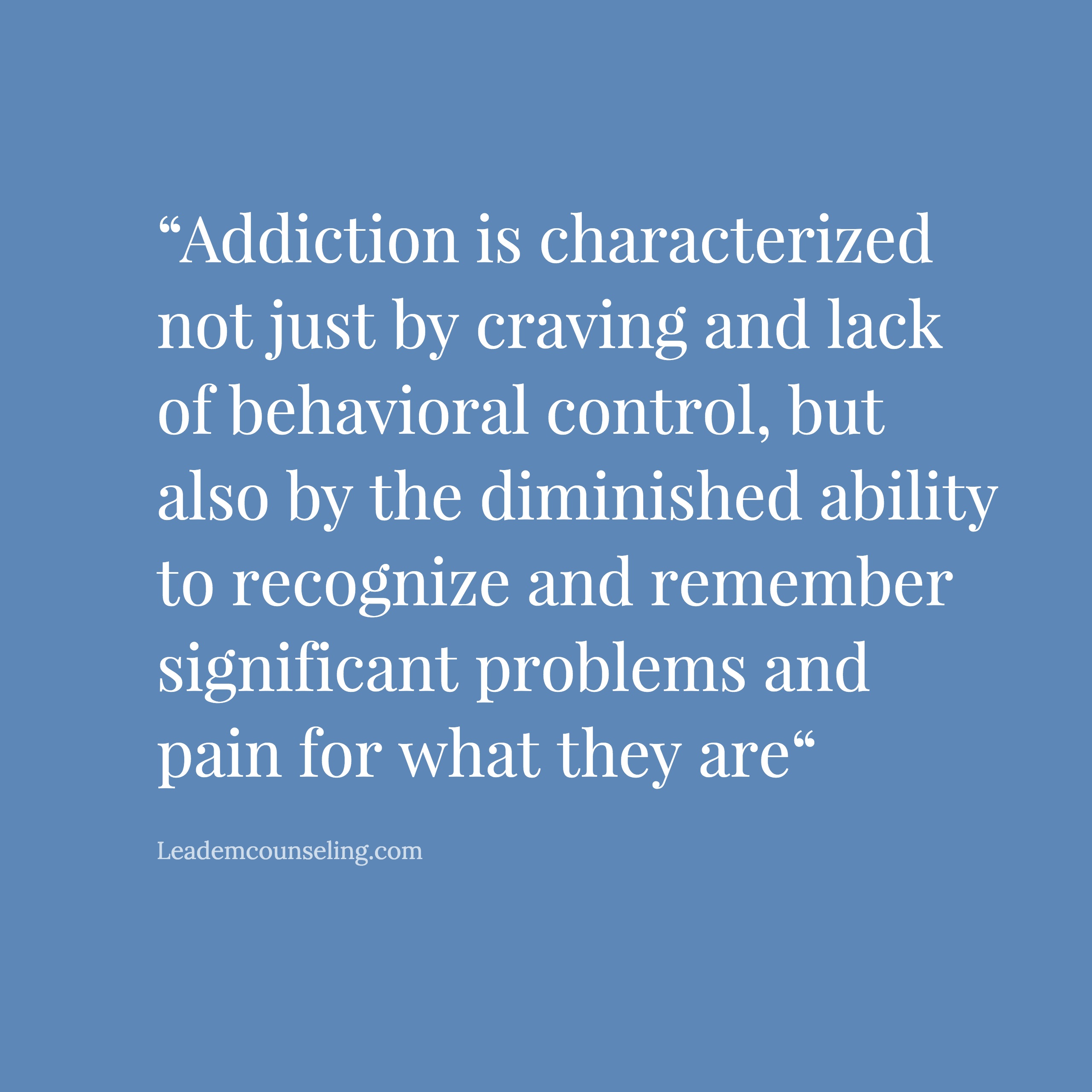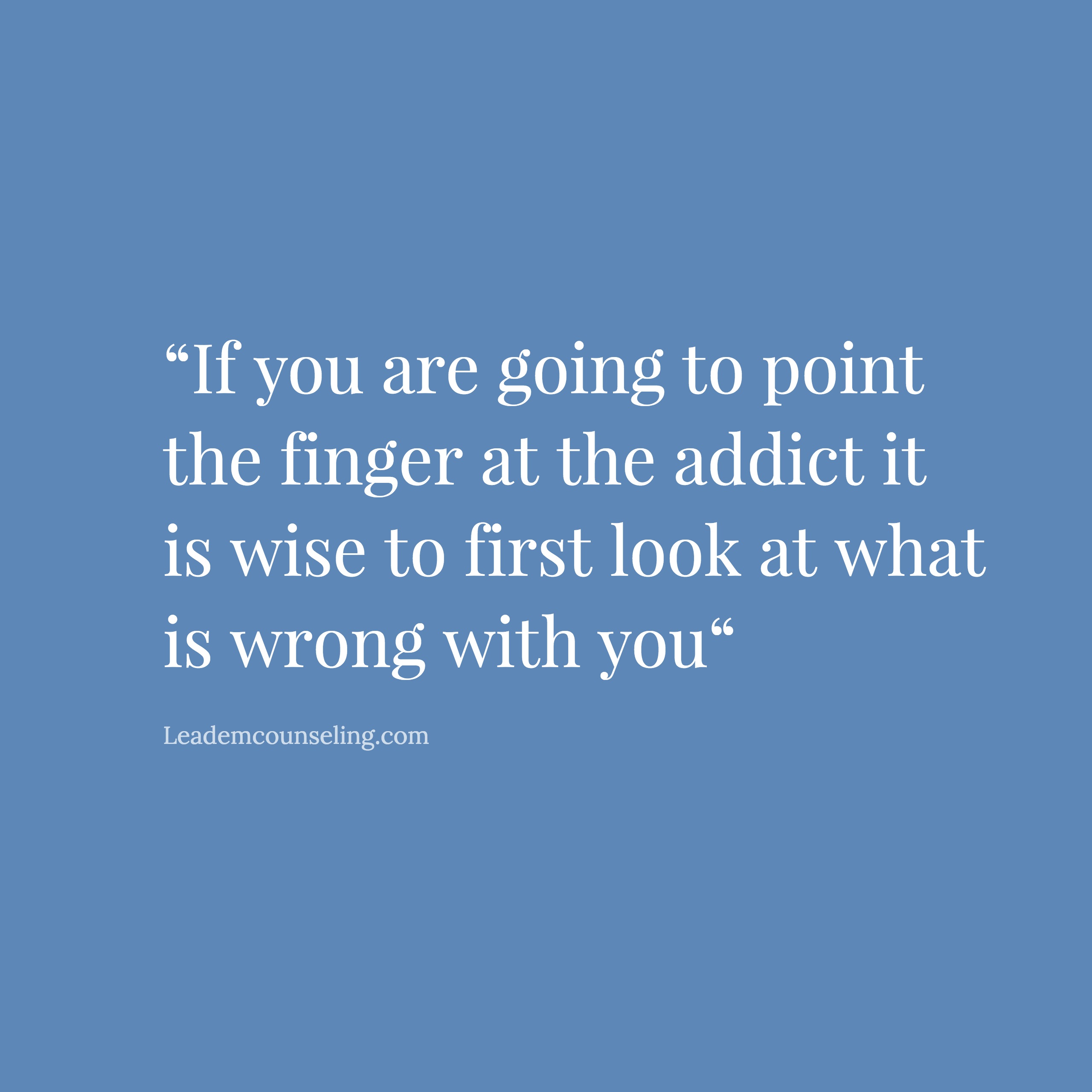How to Create an Intervention Plan
A good intervention plan helps both an addict and their loved ones
 The Hazelden/Betty Ford website[1], describes an intervention as: “a deliberate process designed to help another person—a family member, loved one, friend or colleague—recognize and change self-destructive thoughts, feelings or behaviors “…. It further asserts that the intent is to confront the person in a non-threatening way. “It’s an approach that focuses on helping the individual see the personal impact of their alcohol or other drug use as well as the impact on others.” The site’s authors go on to say that, “interventions usually involve several people who have prepared themselves to clearly and respectfully talk with the person engaging in substance abuse. Every person involved in the intervention shares factual information about the behaviors in question, including how they have been personally affected.” The authors unfortunately conclude with the position that, “the immediate objective of an intervention is for the self-destructive person to listen and to accept help”. We say unfortunate because we do not believe that the immediate objective is to get the person suspected of suffering with an addiction to listen and to accept help.
The Hazelden/Betty Ford website[1], describes an intervention as: “a deliberate process designed to help another person—a family member, loved one, friend or colleague—recognize and change self-destructive thoughts, feelings or behaviors “…. It further asserts that the intent is to confront the person in a non-threatening way. “It’s an approach that focuses on helping the individual see the personal impact of their alcohol or other drug use as well as the impact on others.” The site’s authors go on to say that, “interventions usually involve several people who have prepared themselves to clearly and respectfully talk with the person engaging in substance abuse. Every person involved in the intervention shares factual information about the behaviors in question, including how they have been personally affected.” The authors unfortunately conclude with the position that, “the immediate objective of an intervention is for the self-destructive person to listen and to accept help”. We say unfortunate because we do not believe that the immediate objective is to get the person suspected of suffering with an addiction to listen and to accept help.
We believe the immediate objective is to listen to the concerns expressed by others to determine, if in fact the concerns relayed about the person identified as having an addiction problem warrant an intervention. If they do and a risk-benefit analysis supports that position then the next major focus should be on the people who have raised the concern. All too often the concerned others in the addict’s life do not get the help that they need and it will generally mean that they will come to the intervention with the misunderstanding that the qualities of their lives will necessarily improve if the addicted loved one accepts the need for help.
A Hard Reality
 For certain, if you live with, love, or care about an addict the quality of your life will be enhanced if the person of your concern gets help and stops using his or her drugs of choice but we suspect that is placing the cart before the horse. First and foremost, it is important to begin with the starting point that each person, other than a minor, is solely responsible for the quality of his or her own life. We know what some of you are thinking, “I am not the one with the problem. My problem is his drug use or her gambling”. We prefer to be having this conversation with you over a cup a coffee at your kitchen table, because this is time to face a hard reality. To introduce you to that reality we will stop for a moment and focus exclusively on the addict.
For certain, if you live with, love, or care about an addict the quality of your life will be enhanced if the person of your concern gets help and stops using his or her drugs of choice but we suspect that is placing the cart before the horse. First and foremost, it is important to begin with the starting point that each person, other than a minor, is solely responsible for the quality of his or her own life. We know what some of you are thinking, “I am not the one with the problem. My problem is his drug use or her gambling”. We prefer to be having this conversation with you over a cup a coffee at your kitchen table, because this is time to face a hard reality. To introduce you to that reality we will stop for a moment and focus exclusively on the addict.
The single greatest defense that an addict will have against your efforts to get him or her to see the truth is the belief that the responsibility for the quality of his or her life lies outside of themselves. They are quick to blame people, places and circumstances for the deterioration in the quality of life. They will welcome the opportunity to debate the flaws in their character compared to the ones they find in you, other family members, politicians. Even the absence of world peace or globing warming could serve as the reason for their depression or over reactivity. If you come at them with what is wrong with them you might get them into treatment but you are more likely to get the same troublesome character traits back home when they are discharged. Getting an addict to accept help is relatively easy. All you have to do is have the ability to give them something they want or deprive them of something they would like to keep. If you want them to listen and have a successful treatment experience, we suggest you begin by talking about what is wrong with you and what you intend to do about it.
Most addicts have told us they have secretly prepared for the day that someone invited them into a room full of family and friends with the daunting introduction: “We are here because we love you.” We have never met an addict who has prepared to respond to a room full of concerned people who start off by talking about what they have learned that they need to do for themselves as a result of preparing for the intervention. We will stop for a moment to describe what you are up against before you prepare to confront denial by sharing an excerpt from our book, An Ounce of Prevention: A Course in Relapse Prevention[2]:
The Voice of Denial
 You think I am the problem. I am the solution! Yea, I know that you don’t think so but I am the only thing that gives this guy any peace of mind at all. Well, perhaps it is easy for you to judge so freely from your high horse when you call him weak-willed and treat him with indifference or disgust. This guy has problems that you cannot even imagine dealing with. He has lost control over his ability to behave the way that he wants to. Everything he touches bursts into flames. He keeps hurting those he loves and usually disappoints those who once counted on him. He used to give defiant speeches about his ability to set things straight on his own but he does not even bother to put up much of a fuss any more. He is content with the verbal assaults — in fact he has come to count on them to help him swallow the next drink because it hurts to continue drinking without external threats to his thin threads of dignity. I am his only friend left. He used to be able to make things right with another drink or a pledge to never drink again and now he has neither. He has lost the will to make any more solemn promises. Booze does not make the pain go away. He only has me to ease the pain. Before you decide to break me you had better have a pretty good sedative available or something real to pin his hope on. I personally hope that you keep wagging your disapproving finger at him. It makes me look pretty good.
You think I am the problem. I am the solution! Yea, I know that you don’t think so but I am the only thing that gives this guy any peace of mind at all. Well, perhaps it is easy for you to judge so freely from your high horse when you call him weak-willed and treat him with indifference or disgust. This guy has problems that you cannot even imagine dealing with. He has lost control over his ability to behave the way that he wants to. Everything he touches bursts into flames. He keeps hurting those he loves and usually disappoints those who once counted on him. He used to give defiant speeches about his ability to set things straight on his own but he does not even bother to put up much of a fuss any more. He is content with the verbal assaults — in fact he has come to count on them to help him swallow the next drink because it hurts to continue drinking without external threats to his thin threads of dignity. I am his only friend left. He used to be able to make things right with another drink or a pledge to never drink again and now he has neither. He has lost the will to make any more solemn promises. Booze does not make the pain go away. He only has me to ease the pain. Before you decide to break me you had better have a pretty good sedative available or something real to pin his hope on. I personally hope that you keep wagging your disapproving finger at him. It makes me look pretty good.
Raising the Bottoms
Many a failed intervention, whether conducted by spouses, friends, or trained intervention teams, are excused by referring to the powerful nature of denial depicted above in the soliloquy of the addicts voice of denial. There will be sadness, anger and fear for those who tried unsuccessfully to break through the addict’s defenses and unfortunately most will agree that the addict has failed to hit bottom. We think the failure is on the part of the intervention design but first a few words about bottoms. The belief that addicted people must hit “rock bottom” before they can be helped has probably been around since beer was first fermented. Plenty of qualitative and anecdotal evidence supports this view (Brown & Lewis, 1999; DePue, Finch & Nation, 2014; Gubi & Marsden-Hughes, 2013; Vaughn & Long, 1999)[3][4][5][6]. Certainly, the need for acceptance of one’s personal “powerlessness” and the presence of “unmanageability” related to the use of an addictive substance was thought to be the bedrock from which sobriety would have to be formed. The addict may run head long into the wall of denial many times before hitting bottom and asking for help. The depths of the bottom are as different as the environment the addict suffers in. The addict often sees herself sinking but cannot seem to cry for help.
Desperate spouses will cry, “Why can’t he see what he is doing to himself? I don’t know how much longer he and the rest of the family can suffer!” Clearly, they can see their loved one sinking into the abyss but their screams for help are drowned out by the howling winds of conflict. When someone hears their pleas, the help takes the form of compassion for the spouse’s burden but usually accompanied by the prediction that their loved ones will eventually come to their senses once the requisite amount of pain has been endured and a spontaneous moment of clarity and self-motivation leads them toward sustained sobriety.
Dark humorists might suggest quite a different outcome. They would promise that every addict will eventually attain drug freedom and rest from addiction. They further explain, every addict eventually finds peace regardless of whether or not bottom is struck – most will have to die first. We do not believe peace at any price is an acceptable formula for relief. In the worst-case scenario, waiting for spontaneous insight is irresponsible and unloving.
In the best-case scenario, simply waiting passively for sufferers to come around can prove counterproductive. The disease of addiction is characterized not just by craving and lack of behavioral control, but also by the diminished ability to recognize and remember significant problems and pain for what they are (American Society of Addiction Medicine, 2011)[7]. The longer someone is active, the more his brain equates his addictive substance or behavior of choice with survival, and the more emotional connections are formed that give it intense, almost loving meaning (Kalivas & O’Brien, 2008; Kalivas & Volkow, 2005; McCauley, 2015)[8][9][10]. At the same time his shame and distrust begin to weigh him down. He progresses into a constant state of defense against taking responsibility for, or even acknowledging the consequences of his behavior. The way he thinks, feels, speaks and acts becomes fragmented, leading to a more and more distorted picture of who he is (Leadem & Leadem, 2009)[11].
We believe that “bottoms” can be raised. That is, in part, why our intervention model is titled Raising the BottomsTM . We believe that the best way for an intervention team to get through to someone they are concerned for is by first examining their own bottoms or simply being willing to look closely at what needs to change in them before they point the finger at the target of the intervention.
What Influences the Success of an Intervention Plan
 There is much to be said about the factors that increase the success of an intervention plan but we have nearly used up our allotment of words for this post, so we will keep it simple and promise to write more on the subject in the next blog. The greatest contribution to the success of an intervention we learned from my grandmother. You have probably wondered on the origin of the phase “when you point a finger there are three fingers pointing back at you”.
There is much to be said about the factors that increase the success of an intervention plan but we have nearly used up our allotment of words for this post, so we will keep it simple and promise to write more on the subject in the next blog. The greatest contribution to the success of an intervention we learned from my grandmother. You have probably wondered on the origin of the phase “when you point a finger there are three fingers pointing back at you”.
There are hundreds of descriptions for the origin of the phrase from the wisdom of the Navajo to the physical reality that you have three fingers on your hand pointing at you when you point your index finger at someone else. I suspect that the origin of the phrase is not what impressed my grandmother or what she was trying to impress upon me. If you are going to point the finger at the addict it is wise to first look at what is wrong with you. Failure to do so will greatly diminish the success of your intervention. But, I promise there is more coming on this subject as I would not want my grandmother to look down on me with a frown.
See our book: An Ounce of Prevention: A Course in Relapse Prevention
Related Article(s): What is Intervention? Practical Uses for Intervention Strategies
How Can Family Help Intervene in Addiction? The Importance of the Intervention Team
What is Relapse? What is Relapse Prevention?
About the Authors
 Elaine and John Leadem are the co-founders of Leadem Counseling & Consulting Services, P.C. (LCCS) and share a combined tenure in the addiction treatment field of over 69 years. They have authored and published a variety of titles designed to aid recovering addicts and their treatment providers in developing a comprehensive set of therapeutic resources from meditation guides for recovering couples to course material for developing individualized relapse prevention plans.
Elaine and John Leadem are the co-founders of Leadem Counseling & Consulting Services, P.C. (LCCS) and share a combined tenure in the addiction treatment field of over 69 years. They have authored and published a variety of titles designed to aid recovering addicts and their treatment providers in developing a comprehensive set of therapeutic resources from meditation guides for recovering couples to course material for developing individualized relapse prevention plans.
John’s personal mentorship by Vernon E. Johnson, Ph.D., the author of I’ll Quit Tomorrow and the pioneer of addiction intervention, led to the development their unique three-phase intervention model after 40 years of providing direct addiction intervention services. The model has been used in over 500 interventions and is easily adapted to a variety of substance addictions and other clinical problems. It is especially suited to work with process addictions, such as sex addiction, because it is designed to help the sex addict rise above the shame and accept help because each of the IT members are pointing the finger at themselves first.
© Copyright, John Leadem & Elaine Leadem, 2017
You are free to copy this article for future reference, to post it on other web sites and to share it with family or friends. If you would like to have permission to include it in a publication of your own you can request written permission by contacting the authors at www.leademcounseling.com.
[1] “Addiction Intervention.” Addiction Intervention | Hazelden Betty Ford Foundation, www.hazeldenbettyford.org/addiction/intervention.
[2] Leadem, John, and Shawn Leadem. An Ounce of Prevention: A Course in Relapse Prevention. 2012.
[3] Brown, S. & Lewis, V. (1999). The Alcoholic Family in Recovery: A Developmental Model. New York: The Guilford Press.
[4] DePue, M.K., Finch, A.J., Nation, M. (2014). The bottoming-out experience and the turning point: A phenomenology of the cognitive shift from drinker to nondrinker. Journal of Addictions & Offender Counseling, 35. 38-56.
[5] Gubi, P. M. & Marsden-Hughes, H. (2013). Exploring the processes involved in long-term recovery from chronic alcohol addiction within an abstinence-based model: Implications for practice. Counseling and Psychotherapy Research, 13(3). 201209.
[6] Vaughn, C., & Long, W. (1999). Surrender to win: How adolescent drug and alcohol users change their lives. Adolescence, 34, 9–24.
[7] American Society of Addiction Medicine (2011). Public Policy Statement: Definition of Addiction. Found on ASAM: The Voice of Addiction Medicine. Retrieved January 29, 2015. http://www.asam.org/for-the-public/definition-of-addiction
[8] Kalivas, P.W. & O’Brien, C. (2008). Drug addiction as a pathology of staged neuroplasticity. Neuropsychopharmacology 33, 166–180.
[9] Kalivas, P.W. & Volkow, N.D. (2005). The neural basis of addiction: A pathology of motivation and choice. American Journal of Psychiatry, 162. 1403–1413.
[10] McCauley, K.T. (2015). Is Addiction a Disease? Found on: Institute for Addiction Study: Recovery Resources. Retrieved February 15, 2015. http://www.instituteforaddictionstudy.com/PDF/Disease%20Argument.pdf
[11] Leadem, J.V. & Leadem, S.M. (2009). An Ounce of Prevention: A Course in Relapse Prevention. Tom’s River, NJ: Leadem Counseling and Consulting Services, PC.
[apss-share networks="facebook, twitter, google-plus, pinterest, linkedin" counter="0" total_counter="0" http_count="1"]








No Comments Yet | Post Comment
You can be the first to comment!
Leave a comment